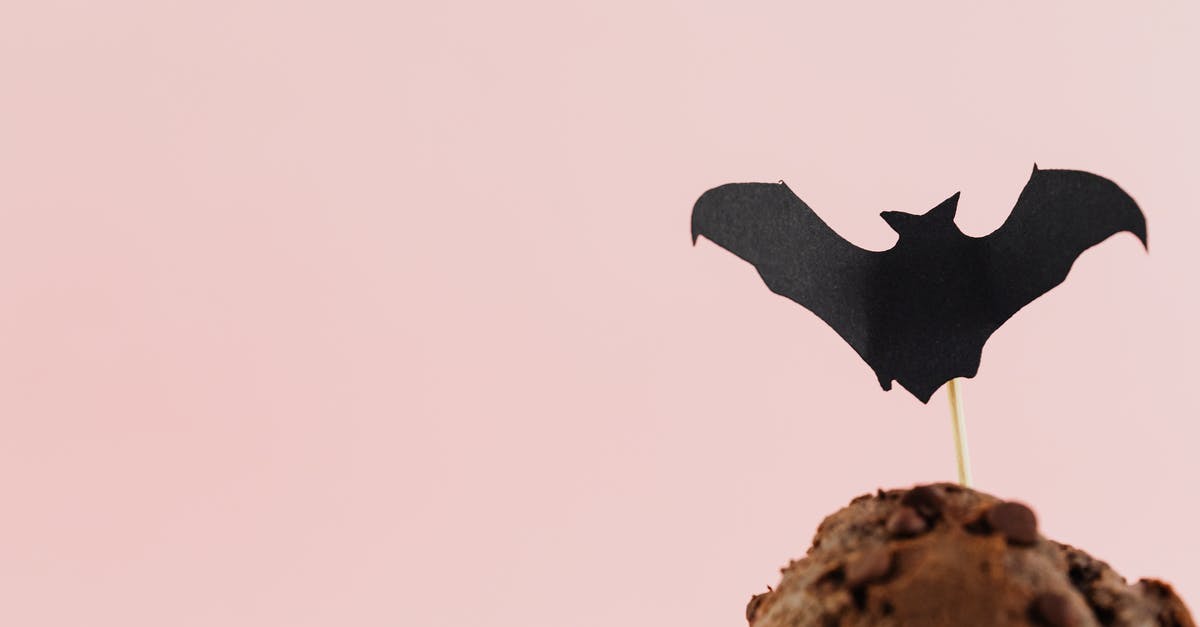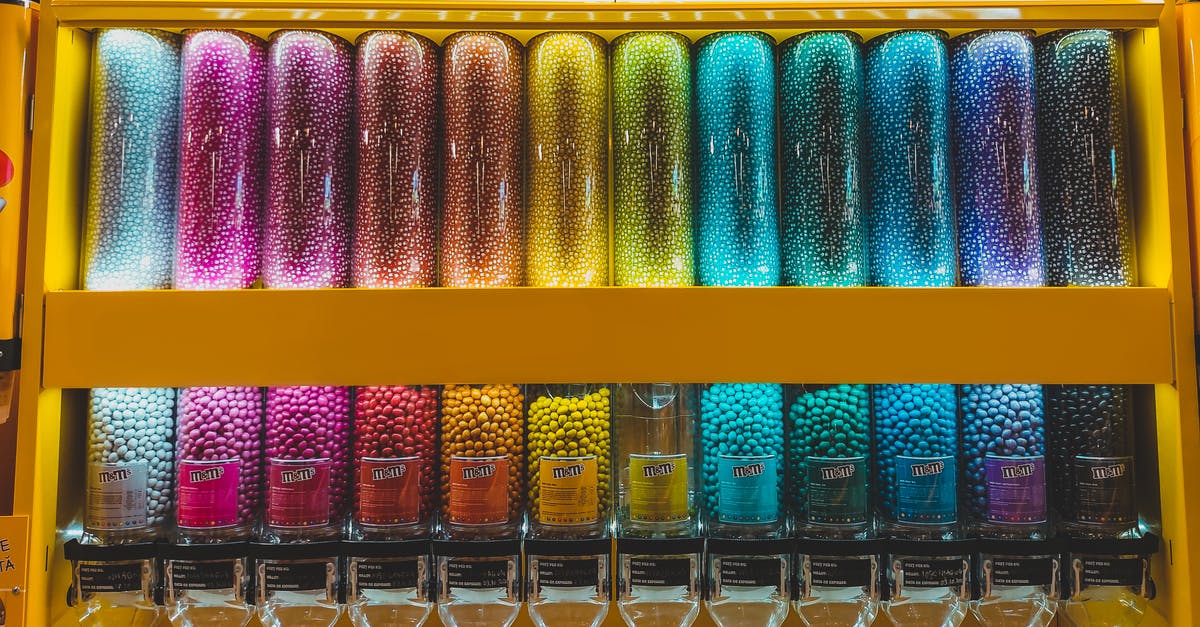Chiquapin Chocolate?

I ran across this historic reference to making chocolate out of Chinquapin (which I assume to be a type of Chesnut) nuts.
I have turned the internet upside down looking for information on this.
I found one tiny reference to Chinquapin as a substitute for coco.
How are Chinqupin nuts made into chocolate? Is it identical to how regular chocolate is made from cocao?
Best Answer
Hello JoeHobbit,
I have got two possible explanations for the connection between the word Chinquapin and chocolate.
First of all, the way I read your question; making chocolate out of Chinquapin, you are asking about a possible substitute; called Chinquapin, for cocoa mass, chocolate liquor, cocoa solids, and/or cocoa butter, to make a confectionary similar to chocolate.
The historic source you are referring to in your question describes the primitive and colonial history of South Carolina. And as most of us know, South Carolina is located in the Southeastern United States.
This point is important, as the first explanation I’m going to propose, originates from the food traditions of Native Americans in the Southeastern United States.
The second explanation I will propose, takes as its starting point your suggestion that the word Chinquapin refers to some species of Chestnut.
The First Alternative
The first alternative is the seeds of a plant native to Southeastern United States. The seeds are brown when ripe, and have a sweet taste.
The use of this plant as a source of food is ancient, and stems from the time when hunter-gatherer or forage societies were prevalent. This plant also has an Asian sibling, which similarly has been used as a source of food since ancient times, and still is a very popular treat.
The flowers, seeds, young leaves, and tubers (rhizome, root) of this plant are edible. The plant, especially its seeds, was a popular and extensively used source of food among Native Americans who eat almost every part of the plant (Carque? 1923:251; Cutler 2002:55; Moerman 2010:161; Newcomb 1961:324; Saunders 1976:35). According to Charles Francis Saunders, the ripened seeds, either roasted or boiled, are palatable and nutritious (Saunders 1976:35).
In the context of the question asked, only the seeds of this plant are of interest, so we’ll focus on them for the reminding part.
Similarity to Cocoa
What’s especially interesting from the point of view of your question, apart from the fact that the seeds are brown, is that one of the methods used to turn the seeds of this plant into an edible substance, is somewhat similar to the method used to turn the seeds of the cacao tree into cocoa mass.
The method I’m referring to was used by Native Americans in Arkansas. They soaked the seeds in water before dry-roasting them, then they deshelled them and grounded them into sweet meal (Fernald & Kinsey 1996:200; Moerman 2010:161).
The similarity to the preparation of cacao seeds should be obvious, but I’ll include a short description for those not familiar with the process. Cacao seeds in their natural form have an intense bitter taste, which makes the inedible. The method used to turn them into an edible substance is as follows: fermentation, drying, deshelling, and then grounding into cocoa mass.
Another point that makes the seeds I’m referring to interesting, from the point of view of making a chocolate substitute, is that these seeds have a natural sweet taste, whereas cocoa has a bitter taste. In other words, to turn these seeds into a confectionary would require less sugar then one would use when making chocolate from cocoa.
How to make it into Chocolate
I’m not an expert on confectionaries or chocolate production. Therefore, I would like to invite someone who is, to help us explain how we should go about making chocolate from the sweet meal of these dry-roasted seeds.
The plant
The plant I have been referring to in this first explanation, is Nelumboa lutea; commonly known as Water-Chinquapin, American lotus, water- nut, duck acorn, nelumbo, pond nuts, wonkapin, yanquapin, and yellow nulmbo (Allen 2007:302; Davidson 2006; Hanelt 2001:141).
There is a link between Water-Chinquapin and Chestnuts. Otto Carque? claims that the Water-Chinquapin frequently is referred to as water chestnut, whereas other authors claim that the name; Water-Chinquapin, originates from the taste of the seeds, which some sources say have a chestnut like taste (Carque? 1923:251; Bailey 1948:209; BTBC 1895:120).
The Second Alternative
The second explanation I will propose, has as mentioned above, its root in the chestnut theory put forward by JoeHobbit.
There is in fact a type of chestnut that was widely hailed as a sweet and edible nut, and used as a coffee and chocolate substitute by early settlers and Native Americans (Brown & Brown 1972; Duke 2001:88; Payne et al. 1994:62).
Moreover, early explorers in Carolina claimed that chocolate made from this nut was not much inferior to that made from cacao (Fernald 1996:26). Fernald also points out that there are only three plants in North America that are known to be used as chocolate substitutes. The first of these is Basswood; or Linden, of which the young fruit has a chocolate like odour and flavour when mashed. The second one is the root of Purple Avens, from which can be made a chocolate like drink. The third one is the nut we are currently discussing here (Fernald 1996:25-26).
The nut in question was well known to the first English settlers in North America. As early as 1612, Captain John Smith; one of the founders of Jamestown, described this nut as the great dainty (Sargent 1891-1902:18).
Charles Sprague Sargent (1891-1902:18) noted several historical references to this nut:
"They have a small fruict growing in little trees, husked like a chestnut, but the fruict most like a very small acron, this they call chechinquamins, and these, with chestnutts, they boile four or five houres, of which they make both broth and bread, for their chief men, or at their greatest feasts." (Strachey, Historie of Travaile into Virginia Britannia, ed. Major, 118.)
"The Chincopin Tree bears a Nut not unlike the Hade, the Shell is softer: Of the Kernel is made Chocolate, not much inferior to that made of the Cacoa." (Thomas Ashe, Carolina or a Description of the Present State of that Country, 7.)
The plant
The nuts in question, are the fruits of the plant Castanea pumila, commonly known as the Allegheny chinquapin, American chinquapin, dwarf or bush chestnuts, or just Chinquapin. The plant is a shrub, or a small tree, commonly found throughout the East, South, and Southeast United States.
Conclusion
Based on the literature I have gone through, it seems clear that the chocolate substitute you are looking for is the nuts of the American chinquapin. Although I also find the Water-Chinquapin as an interesting alternative.
Unfortunately, I have not been able to find any description of how you can turn the chinquapin nuts into chocolate. The only thing I have found out about consumption is that it was sometimes used to make a chocolate tasting drink. If it ever was made confectionary out of these nuts is unknown. The only thing I can say about the subject, is that the sources I have found do not mention confectionary in connection with chinquapin nuts.
This is perhaps not the answer you were looking for. Nevertheless, it should give you some pointers to where you can begin your search. The references below might reveal more clues than what I have been able to discover.
References
Books
Allen, Gary (2007): The herbalist in the kitchen, University of Illinois Press, Urbana.
Google Books - Library of Congress
Bailey, Robeson (1948): The Field and stream game bag, Doubleday, Garden City, N.Y.
Google Books - Library of Congress
Brown, Russell G. & Brown, Melvin L. (1972): Woody plants of Maryland, University of Maryland Book Center, Port City Press, Baltimore. Library of Congress
BTBC (1895): Bulletin of the Torrey Botanical Club, Volume 22, Doubleday, Garden City, N.Y.
Hathi Trust - Library of Congress
Carque?, Otto (1923): Rational diet; an advanced treatise on the food question, Times-Mirror Press, Los Angeles, Reprinted 1971, Health Research, Pomeroy, WA.
Google Books - Library of Congress
Cutler, Charles L. (2002): Tracks that speak: the legacy of Native American words in North American culture, Houghton Mifflin Co., Boston. Google Books - Library of Congress
Davidson, Alan (2006): The Oxford companion to food, Oxford University Press, Oxford & New York. Library of Congress
Duke, James A. (2001): Handbook of nuts CRC Press, Boca Raton, Florida.
Google Books - Library of Congress
Fernald, Merritt Lyndon and Kinsey, Alfred Charles (1996): Edible wild plants of eastern North America, revised by Reed C. Collins, Dover Publications, New York. Google Books - Library of Congress
Hanelt, Peter (2001): Mansfeld’s encyclopedia of agricultural and horticultural crops, Editor: Peter Hanelt, Springer Verlag, Berlin & New York.
Google Books - Library of Congress
Moerman, Daniel E. (2010): The herbalist in the kitchen, Timber Press, Portland.
Google Books - Library of Congress
Newcomb, William W. (1961): The Indians of Texas, from prehistoric to modern times. With drawings by Hal M. Story., Reprinted 2002, University of Texas Press, Austin.
Google Books - Library of Congress
Sargent, Charles Sprague (1891-1902): The Silva of North America; a description of the trees which grow naturally in North America exclusive of Mexico - Volume 9 Houghton, Mifflin and company, Boston, New York. Hathi Trust - Library of Congress
Saunders, Charles Francis (1976): Edible and useful wild plants of the United States and Canada, First printed 1934, Dover Publications, New York. Google Books - Library of Congress
Payne et. al (1994): Castanea pumila (L.) Mill.: An Underused Native Nut Tree Jerry A. Payne, Gregory Miller, George P. Johnson, and Samuel D. Senter, in HortScience February 1994 29:62-131. HortScience Online
Websites
Chinkapin: Potential New Crop for the South
Flora of North America: Nelumbo lutea
Pictures about "Chiquapin Chocolate?"



Bruce Molsky - Chinquapin Hunting (Live @Pickathon 2012)
More answers regarding chiquapin Chocolate?
Answer 2
One of the most unique bits that make chocolate a unique food item is the fact that cocoa butter (the fat from the cocoa bean) is solid at room temperate but melts slightly below body temperate. (It melts in your mouth.) The flavor and color of chocolate comes from roasting the bean and then grinding them.
I would guess you can substitute roasted chestnuts for the roasted chocolate beans but finding an alternative to cocoa butter's unique properties will be difficult. Even carob when used to make a chocolate substitute has to rely on hydrogenated oils to produce a viable alternative.
Answer 3
By chocolate, do you mean drinking chocolate?
If so, I'd guess that the nuts are roasted, grinded and then used as ordinary cocoa. I too was unsuccessful finding anything relevant on Internet. It seems the most common cocoa substitute is carob.
Perhaps the next thing to look for is whether/how other types of (chest)nuts are made into drinks.
Sources: Stack Exchange - This article follows the attribution requirements of Stack Exchange and is licensed under CC BY-SA 3.0.
Images: Karen Laårk Boshoff, Karolina Grabowska, Czapp Árpád, Karen Laårk Boshoff
